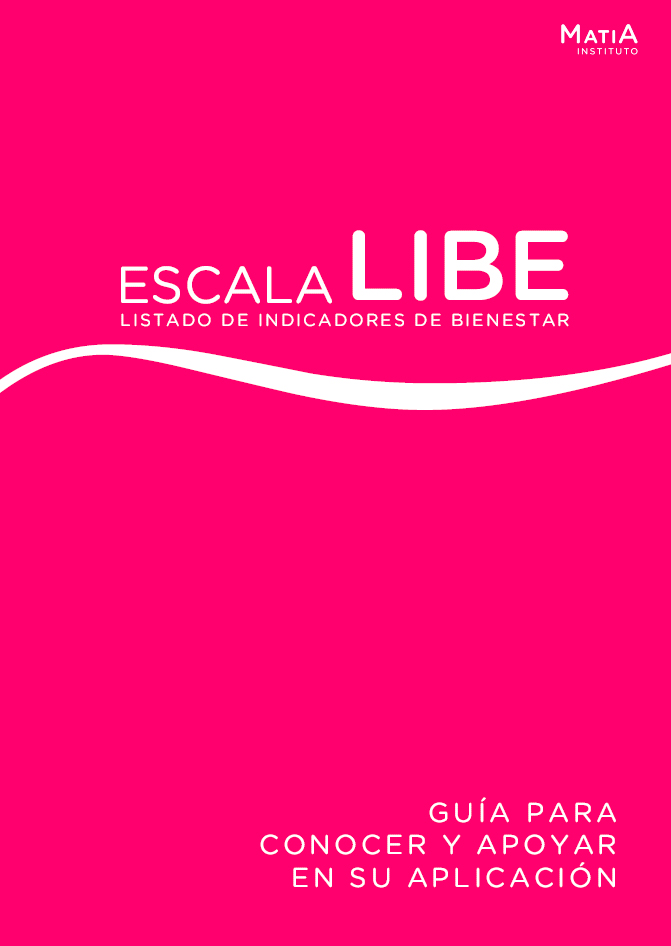List of Well-Being Indicators (LIBE): Guide to know and support its application.

LIBE (List of Welfare Indicators) is an instrument created to know the welfare of people with dementia, and thus to assess the impact on them of both the environment in which they are and the practices that are generated around them. This scale, which has already been validated, allows observational assessment of four aspects that any residential environment should offer: a) Choice options; b) Appropriate options for interaction with other people; c) Appropriate options for interaction with the environment (activity); d) Based on these options, emotional expression of well-being of the person.
LIBE has different uses among them, we can apply it for:
- "Snapshot" of a person's current state: observation of a person to know his or her expression of well-being at a given moment.
- "Snapshot" of the current state of a group/module: observation of a small group of people to find out how each person and the group as a whole interacts and expresses well-being.
- Evolution of the well-being of a person and/or module: comparison of LIBE applied at various points in time.
- Effects on well-being of the implementation of practices or changes in the environment: observation of well-being in a person or group before and after implementing some change.
- Welfare data of people living in a center: study of welfare indicators in larger groups.
With these measures, separately or jointly, it is possible to know the state of the people living in a center, but also to propose specific actions for each person or for units or centers, depending on the observations made with the scale.
Professionals
Other Professionals
- Enrique Arriola
- Elena Fernández



